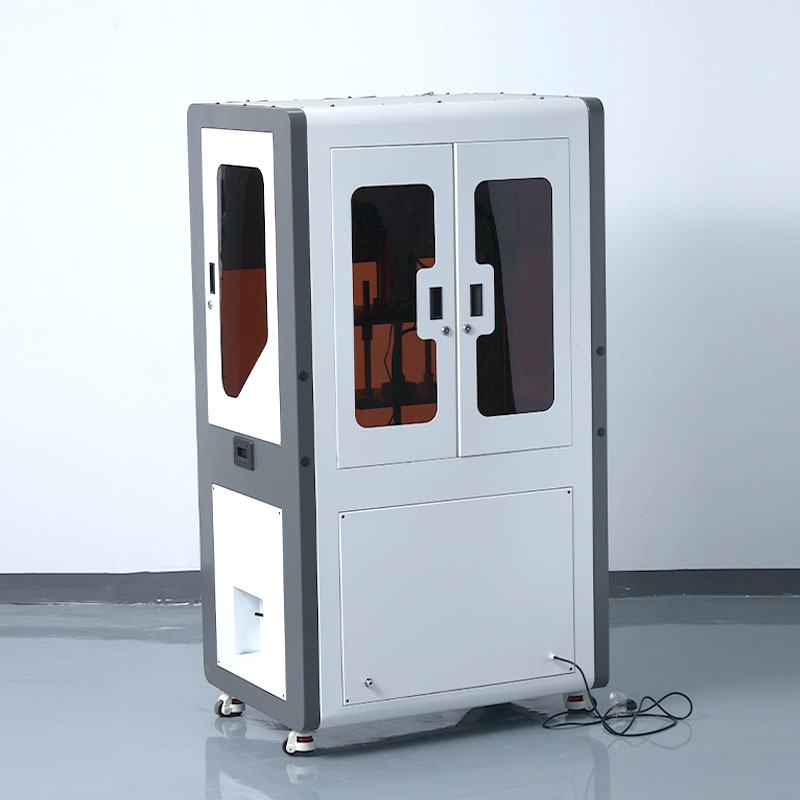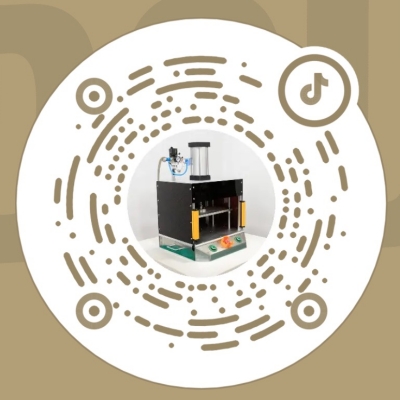In various industrial production processes, the airtightness of products is an important quality indicator. In order to ensure that the product meets the standard, the airtightness tester is widely used in the production line. So, what is the working principle of the airtightness tester? This article will reveal for you.

First, the definition and role of the hermetic tester
Airtightness tester, as the name suggests, is used to detect the product airtightness of the instrument. It can simulate the product in the actual use of the process may encounter gas leakage, through the product testing to ensure that its airtightness to meet the design requirements. Airtightness tester in the electronics, automotive, home appliances and other industries have a wide range of applications, help improve product quality, reduce production costs.
Second, the working principle of the hermetic tester
The working principle of the airtightness tester is mainly based on the principle of pressure change in physics. Specifically, the airtightness tester by applying a certain pressure to the product being tested, and then through the detection system to monitor the internal pressure changes in the product, so as to determine whether there is a gas leakage in the product.
1. Inflating stage: the inspected product is put into the inspection chamber, and then the pressure inside the inspection chamber is raised by compressed air, so that the inside of the product is filled with gas.
2. Pressure stabilization stage: After the pressure inside the product reaches the set value, keep the pressure stable for a period of time in order to allow the detection system to fully capture the possible pressure changes.
3. Detection phase: real-time monitoring of pressure changes inside the product through pressure sensors and other detection equipment. If there is gas leakage in the product, the pressure sensor will detect a drop in pressure, thus triggering an alarm.
4. Result Judgment: Based on the detected pressure change, determine whether the product meets the gas tightness requirements. If the pressure change is within the allowable range, the product is considered to be gas-tight; otherwise, the product is considered to have leakage and needs to be repaired or re-tested.
Third, the advantages and applications of the airtightness tester
Airtightness tester has the following advantages:
1. non-destructive testing: airtightness tester in the detection process will not cause physical damage to the product, you can repeat the test.
2. fast and efficient: the hermetic tester can complete a large number of products in a short period of time to improve production efficiency.
3. accurate and reliable: the hermetic tester adopts advanced pressure sensors and other technologies, accurate and reliable detection results.
4. Easy to operate: Air tightness tester usually has an intuitive interface, easy to operate.
Airtightness tester is widely used in the following fields:
1. electronics industry: cell phones, computers, air conditioners and other electronic products airtightness testing.
2. Automotive industry: airtightness testing of automobile engines, tires and other components. 3.
3. Home appliance industry: refrigerator, washing machine and other home appliances airtightness testing. 4.
4. Packaging industry: airtightness testing of various packaging containers.
Summarize: The airtightness tester realizes the detection of airtightness of products by applying pressure and monitoring the pressure change. Its working principle is simple and efficient, for many industries to provide a convenient means of airtightness detection. With the continuous development of science and technology, the performance of the airtightness tester will be more superior, providing a strong guarantee for the realization of high-quality production.


